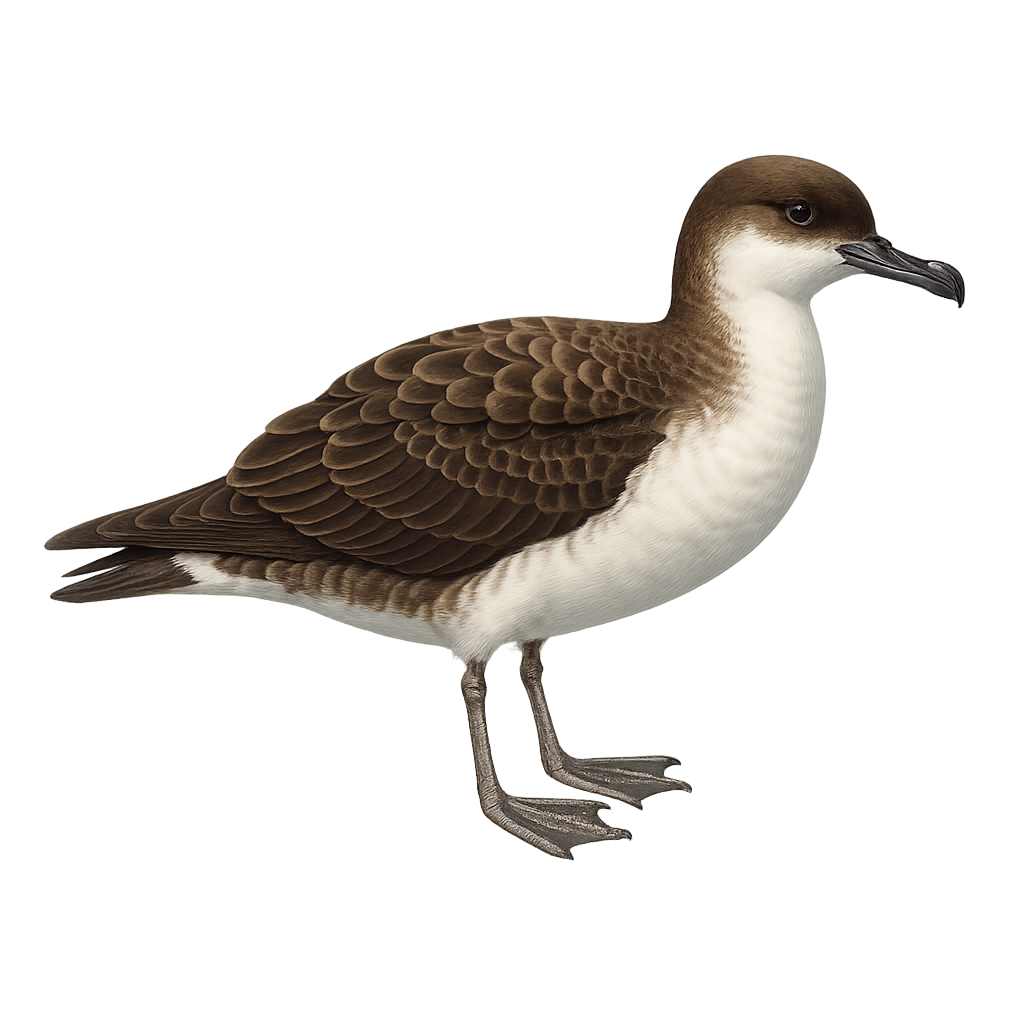Your wildlife photography guide.
Explore the great shearwater in detail, study its behavior, prepare your shots.
Where to observe and photograph the great shearwater in the wild
Learn where and when to spot the great shearwater in the wild, how to identify the species based on distinctive features, and what natural environments it inhabits. The WildlifePhotographer app offers tailored photography tips that reflect the great shearwater’s behavior, helping you capture better wildlife images. Explore the full species profile for key information including description, habitat, active periods, and approach techniques.
Great Shearwater
Scientific name: Ardenna gravis

IUCN Status: Least Concern
Family: PROCELLARIIDAE
Group: Birds
Sensitivity to human approach: Suspicious
Minimum approach distance: 10 m
Courtship display: October to December
Incubation: 50-54 jours
Hatchings: December to February
Habitat:
Oceans, seas, islands
Activity period :
Mainly active at night, generally discreet during the day.
Identification and description:
The Great Shearwater, or Ardenna gravis, is a medium-sized seabird belonging to the Procellariidae family. It is mainly observed in the North Atlantic, where it migrates long distances between its breeding grounds in the southern hemisphere and feeding areas in the northern hemisphere. This bird is recognizable by its brown and white plumage, with a dark head and sturdy beak. It primarily feeds on fish and squid, which it captures by skillfully diving into the water. The Great Shearwater is an excellent glider, using air currents to travel great distances with minimal effort. Its population is considered stable, although it is sensitive to environmental changes and marine pollution.
Recommended lens:
400 mm – adjust based on distance, desired framing (portrait or habitat), and approach conditions.
Photography tips:
To photograph the Great Shearwater, it is advisable to use a telephoto lens of at least 400mm to capture detailed images without disturbing the bird. The best photo opportunities often occur at sea, where these birds follow fishing boats. Be patient and wait for the bird to be in flight to get dynamic shots. Opt for sunny days to benefit from good natural light and try to capture the contrast between the bird's brown and white plumage.
The WildlifePhotographer App is coming soon!
Be the first to explore the best nature spots, track rutting seasons, log your observations, and observe more wildlife.
Already 1 441 wildlife lovers subscribed worldwide

